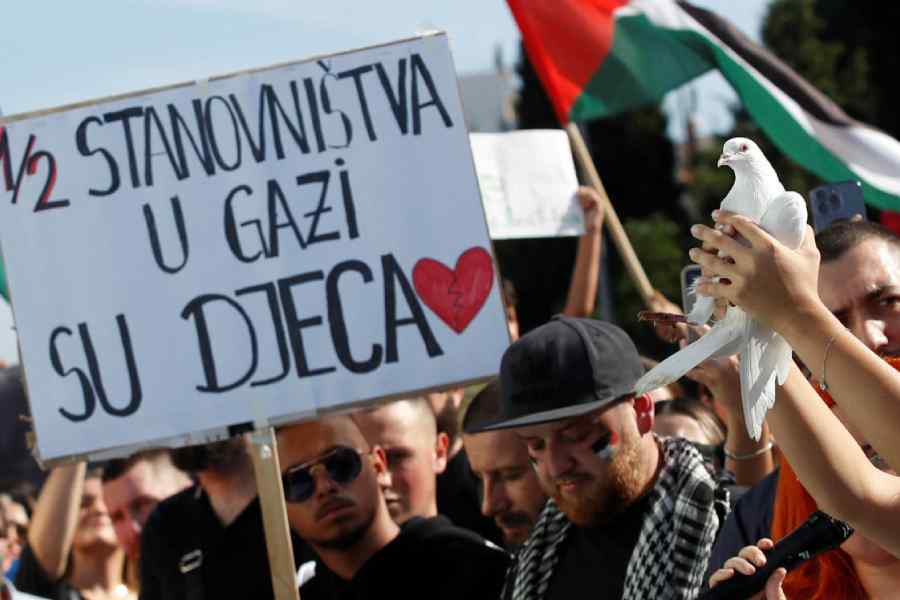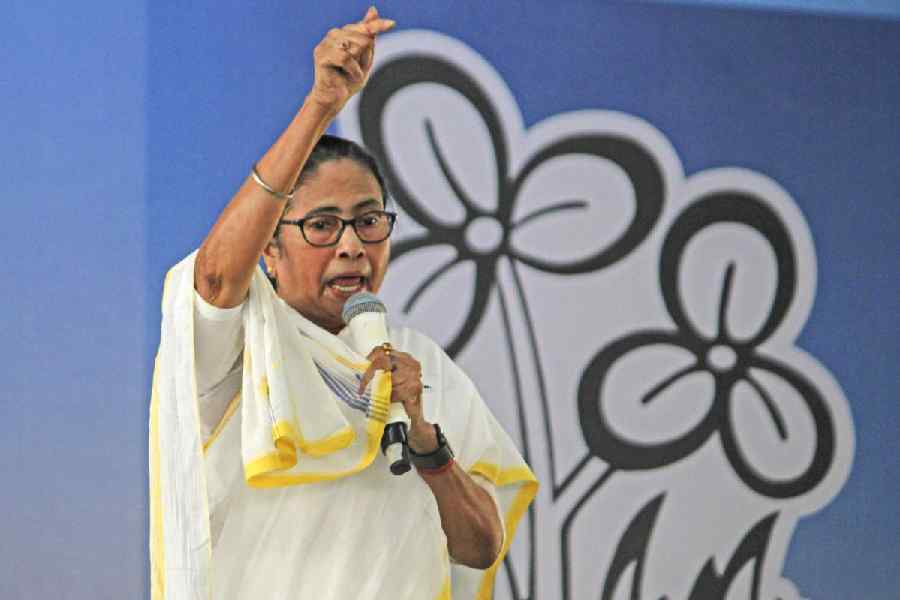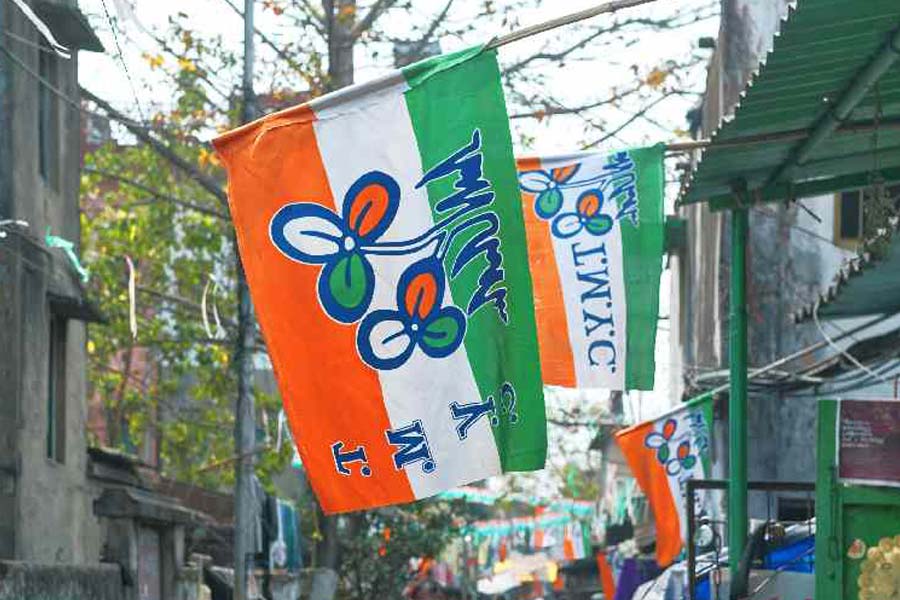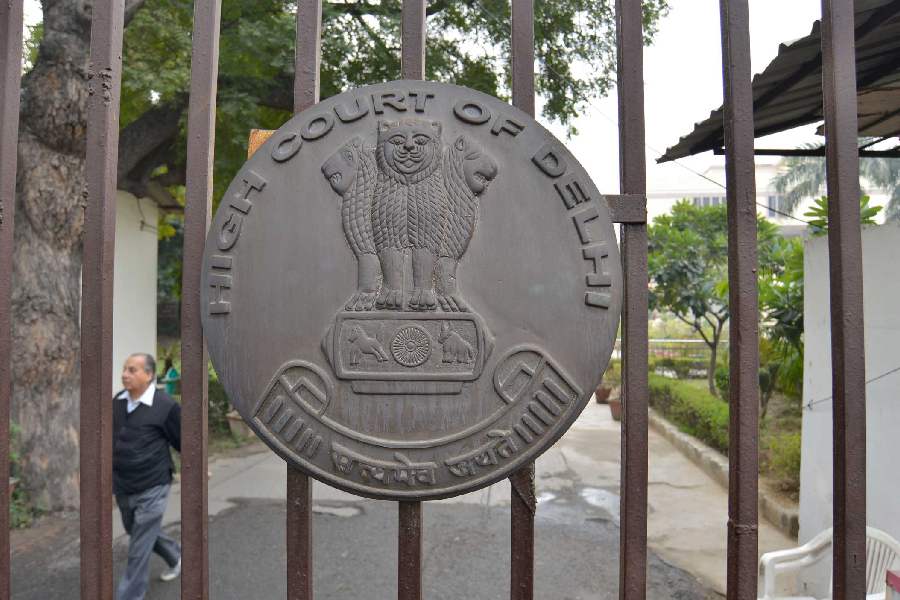Awad Darawshe, shot in the abdomen, bled to death under the stage at the trance music festival that Hamas gunmen transformed into a killing field. A Palestinian Israeli paramedic, he died in a desperate attempt to save the lives of Jews at the Tribe of Nova peace-and-love gathering that marked the Jewish holiday of Sukkot.
Darawshe, 23, was at the festival as part of a small team of paramedics working for Yossi Ambulances, an Israeli company recruited to take care of routine medical emergencies. His colleagues fled when the shooting began, but he “felt compelled to help people as one human being to another”, said Mohammad Darawshe, a cousin who is himself a prominent mediator between Palestinians and Jews.
A young Palestinian Israeli citizen committed to peace and killed by Islamist Hamas terrorists in the Jewish homeland, Awad Darawshe may appear to be an apt symbol of the utter defeat of the bridge-builders still committed to a peaceful settlement of the Israeli-Palestinian conflict. Yet, often marginalised, mocked as naïve and targeted as traitors, some of these stubborn advocates of peacemaking now see an opportunity, however remote, in the aftermath of Hamas’s slaughter of more than 1,400 Israelis.
The calls for a war like no other to root out Hamas “once and for all”, a consensus in Israel’s national unity government and much of Israeli society, will blunt their voices for now. The peacemakers are in the minority as a devastating invasion of Gaza looms.
But the Hamas attack has shattered Prime Minister Benjamin Netanyahu’s conviction that the conflict — insoluble in his view — could be managed by “mowing the grass”, in the dismissive Israeli expression for periodic weeding out of Palestinian militancy.
That state of drift, in which peace had become a forgotten or even risible word, now feels untenable. The Israeli cultivation of Hamas, intended to ensure that Palestinians remained split between the more moderate Palestinian Authority in the West Bank and the rulers of Gaza, so making Palestinian statehood impossible, is a policy in shreds. The notion that the Palestinians would drift passively off into the ether as Israel normalised relations with Arab states like Bahrain or Morocco looks more misplaced than ever.
So, even as Israel bombards Gaza in response to a Hamas attack that shook the country to its foundations, the question arises: What can supplant “a mad dash to hell”, in the words of Salam Fayyad, a former prime minister of the Palestinian Authority?
“It is clear that war is not the solution and the status quo is no more,” said Rula Daoud, a Palestinian Israeli director of Standing Together, an organisation that works for peace. “My liberation as a Palestinian cannot come through the blood of Jewish babies. But I recognise that the Palestinian feeling that ‘finally somebody struck back’ is the normal reaction of a people occupied and ruled over. We need different voices.”
What ‘peace process’?
The voices in Iksal, a small Arab-majority town near Nazareth in northern Israel where the family of Awad Darawshe has lived for centuries, were subdued, overcome by grief at his death during three days of mourning.
A crowd of friends and relatives gathered outside the home of the Darawshe family under a white canopy. People, Arabs mainly, but also Jews, talked, prayed and recalled a brave young man who never raised his voice.
Bitter coffee was served, accompanied by sweet dates — “because life is this combination”, said Darawshe’s cousin Mohammad, who is the director of strategy at the Givat Haviva Centre for Shared Society, which promotes Jewish-Arab dialogue. “Our government has not done enough to make peace,” said Shai Piron, a former Israeli education minister.
“I came here because all those who believe that killing is not the answer, and that life is more important than death, must be partners for peace.”
In the quiet and mingling of this town made up largely of descendants of Palestinians who remained in Israel after the 1948 Arab-Israeli War — known to Israelis as the War of Independence and to Palestinians as the Nakba, or the catastrophe of mass displacement — it was not easy to imagine that another nadir of Israeli-Palestinian relations had been reached this month.
But the status quo of Israeli control over millions of Palestinian lives always incubated violence. By the time Hamas struck on October 7, possibilities of peace had long since faded.
Promise in pain
For the bridge builders, the worst setbacks have always held, tucked deep in their pain, the promise for change. If peace looks impossible today, it also looked remote in 1973, when a similarly blithe and distracted Israel was taken by surprise in the Yom Kippur War, only to recover and prevail.
The current disaster also appears to be a watershed moment, with near unanimity that something must give. “The trauma and pain have to stop,” said Gershon Baskin, a longtime peace activist. “One day a new generation will stand up and say enough.”
Peace, How?
Faced with a chaotic government response to the Hamas attack, volunteer organisations have helped console the many Israelis who feel abandoned. Citizens have stepped in to replace a dysfunctional government.
They are trying to keep the peace in the ways they can. “We are just trying to hold together and survive,” said Daoud of Standing Together.
New York Times News Service










